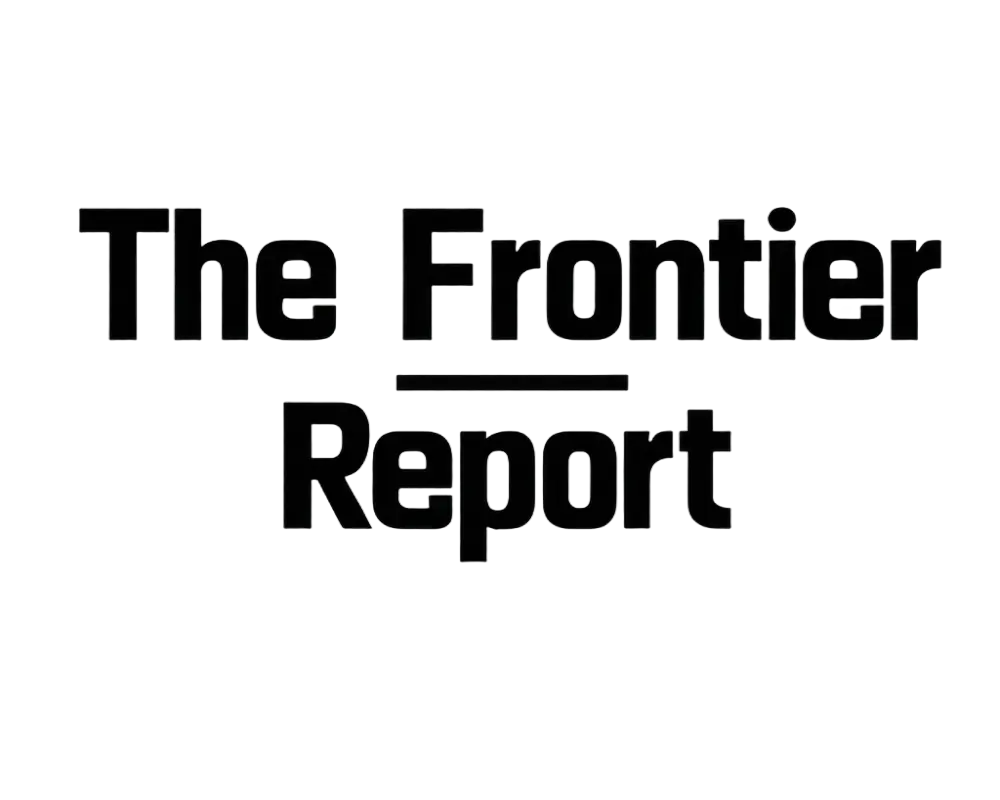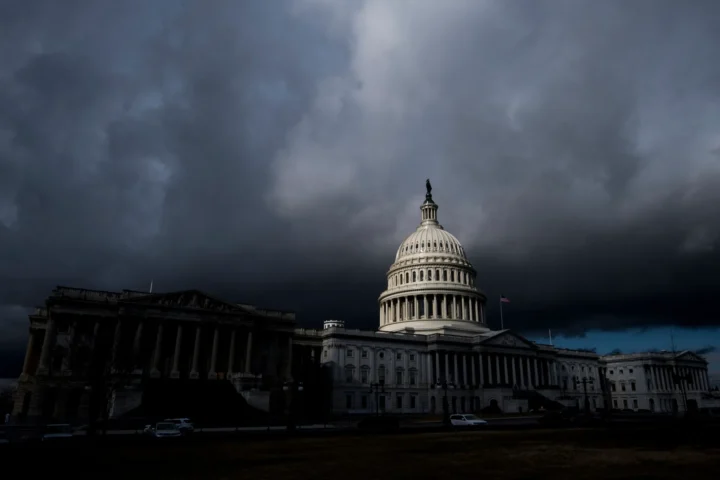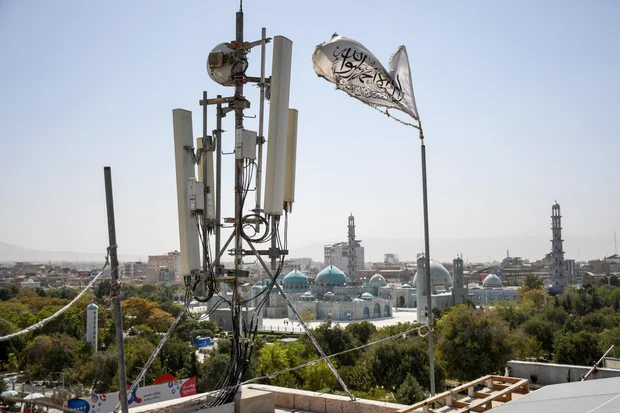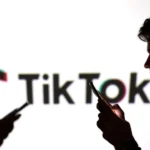After 30 years of connecting Americans—often with the sound of a screeching modem—AOL will shut down dial-up service on September 30, 2025. For some, it’s nostalgia. For others, especially in rural areas, it cuts their only reliable way online.
The End of a Digital Icon
The Guardian says AOL is ending dial-up because the tech is obsolete. Broadband, fiber, and mobile have replaced slow 56k speeds. Still, 170,000 people—mostly in low-infrastructure areas—use it in 2025.
In the ’90s and early 2000s, AOL wasn’t just an ISP. Free trial CDs came in the mail. “You’ve got mail” was everywhere. AIM was where friends talked.
By the mid-2000s, broadband took over cities and suburbs, leaving dial-up as a niche. AOL shifted to media and ads but kept it for customers without other choices.
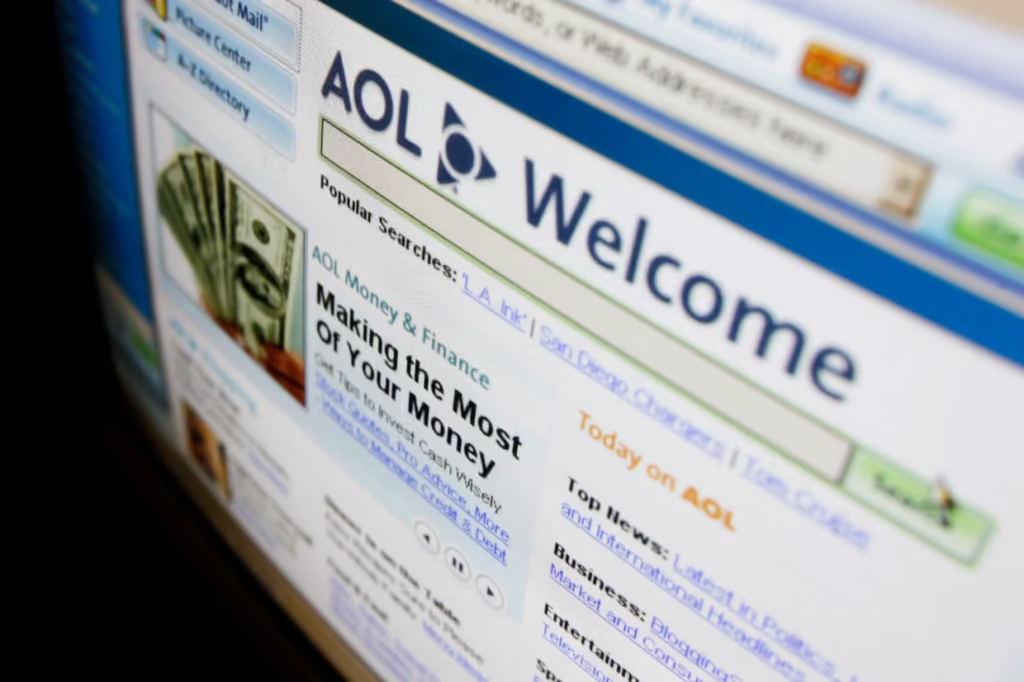
Digital Divide Still Exists
The shutdown shows a hard truth: millions still can’t get affordable high-speed internet. For these 170,000 users, it’s necessity, not nostalgia.
In rural areas, broadband is spotty or absent. Some use expensive satellite with caps. Others have slow DSL. Dial-up, though slow, still works for email, banking, and basic services.
When AOL’s network goes, what happens to them? Will the U.S. close the gap before all legacy systems vanish?
A Technological Time Capsule
The shutdown brings nostalgia. For millions, AOL dial-up was the first internet. Families shared one desktop, listened to the connection tones, and browsed a simpler web.
Some still use it by choice in 2025. Same login, same bill, no modern tracking.
AOL thanked customers and promised help finding new services.
The Road Ahead for Former Dial-Up Users
With the deadline near, AOL is contacting users with options. It’s working with ISPs for affordable plans, but some won’t have any.
In broadband dead zones, satellite like Starlink may be the only option—at a higher cost than dial-up. State programs and community networks may help, but rollout takes time.
Advocates say this is a wake-up call: internet is basic infrastructure like power or water. Without it, people lose access to work, school, health care, and public life.
Closing the Chapter
When AOL shuts down on September 30, it ends a part of internet history. It will also leave thousands scrambling to connect in a world where being offline means being left out.
For others, it’s a reminder of how far the internet has come—and how far it still has to go to reach everyone.

